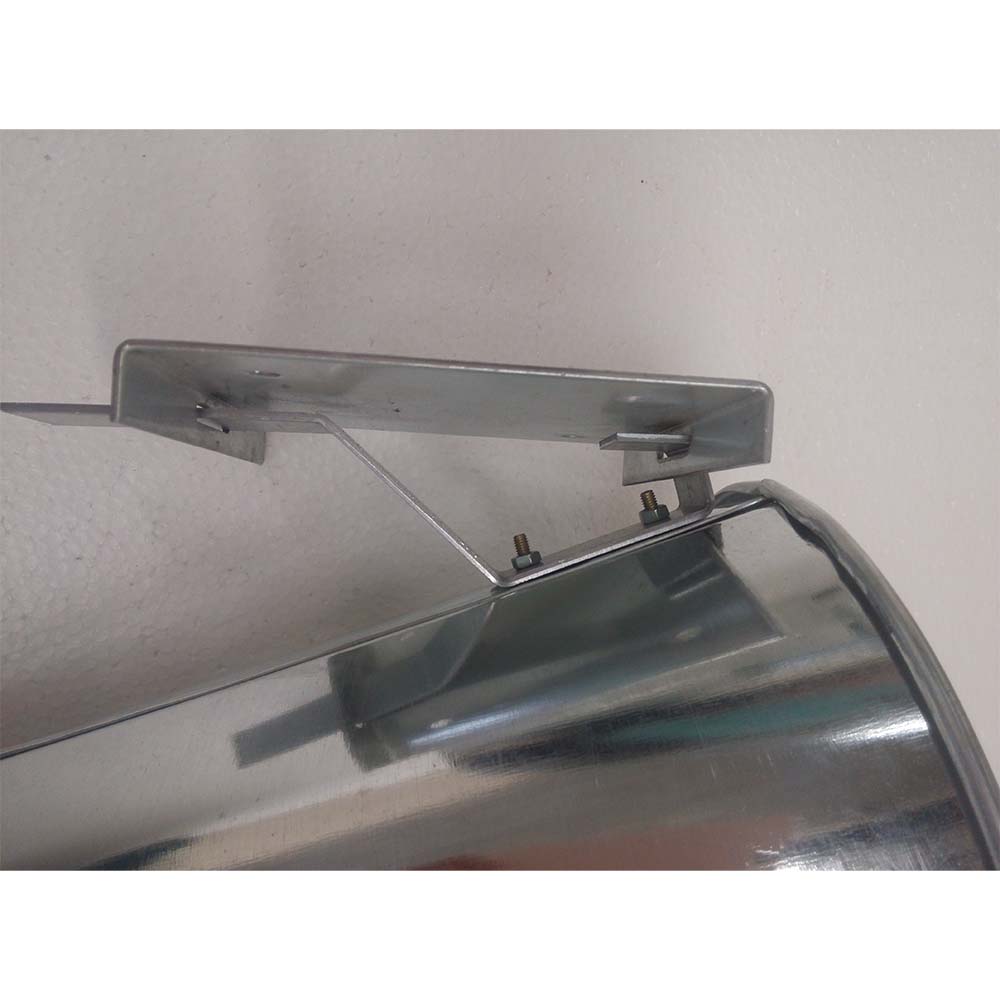eggs tray machine
ធ្នូ . 12, 2024 11:22 Back to list
eggs tray machine
The Egg Tray Machine A Sustainable Solution for Egg Production
As the world grapples with environmental challenges, innovative solutions are being sought in various industries. One such innovation is the egg tray machine, a machine designed to create sustainable packaging solutions for egg producers and distributors. With an increasing emphasis on sustainability, the egg tray machine stands out as an essential tool for promoting eco-friendly practices in the egg industry.
Understanding the Egg Tray Machine
An egg tray machine is a piece of equipment that produces trays to safely hold eggs during transportation and storage. These trays are typically made from recycled paper, cardboard, or pulp, which makes them biodegradable and environmentally friendly. The production process involves several key stages, including pulp preparation, molding, drying, and packing.
1. Pulp Preparation The process begins with preparing the pulp from recycled paper or other fibrous materials. This step is crucial as it determines the quality of the final product. High-quality pulp leads to sturdier and more reliable trays.
2. Molding The prepared pulp is then poured into molds that have been specifically designed to hold eggs. The molds are shaped to ensure that the eggs fit snugly, reducing the risk of breakage during transport.
3. Drying After molding, the trays are removed from the molds and sent to a drying chamber. Drying is essential for ensuring the trays are sturdy and can withstand handling. Technological advancements have led to various drying methods, including natural and heat-assisted drying, to improve efficiency.
4. Packing Finally, the dried trays are packed and made ready for distribution. Egg producers can then utilize these trays to securely package their eggs, offering protection and assurance to customers.
Environmental Benefits
The egg tray machine represents a move towards sustainability in the egg production industry. Traditional egg cartons, often made from plastic or styrofoam, pose significant environmental hazards. They take hundreds of years to decompose and contribute to global pollution. In contrast, egg trays produced from recycled materials break down naturally within a short period, minimizing waste.
eggs tray machine

Moreover, using an egg tray machine can significantly reduce the carbon footprint associated with egg packaging. By relying on recycled materials and optimizing the production process, manufacturers can create products that not only protect eggs but also protect the planet.
Economic Viability
Investing in an egg tray machine is not just an environmentally conscious choice; it is also an economically viable one. Egg producers can generate their own trays at a lower cost than purchasing them from third-party suppliers. The initial investment in the machinery can be recouped over time as producers save on packaging costs.
Additionally, the demand for sustainable packaging options is on the rise. Consumers are increasingly seeking environmentally responsible products. By utilizing egg trays made from recycled materials, producers can attract eco-conscious consumers and enhance their brand image.
Versatility of Egg Tray Machines
Egg tray machines are versatile and can produce various types of trays, not just for eggs. They can be adapted to create trays for fruits, vegetables, and other consumer goods. This capability opens up new business opportunities for manufacturers, allowing them to diversify their product offerings and target multiple markets.
Conclusion
The egg tray machine is a prime example of how technology and sustainability can work hand in hand to create innovative solutions for traditional industries. As the world shifts towards more responsible consumption and production patterns, tools like the egg tray machine will play a vital role in reducing waste and fostering sustainable practices in agriculture and beyond.
By investing in an egg tray machine, producers are not only enhancing their operational efficiency but also contributing to a cleaner, greener planet. The future of egg packaging looks promising, and with the continued development of these machines, we can expect a shift towards increased sustainability in the egg production industry. Embracing such innovations is essential as we move towards a more responsible and eco-friendly world.
-
High Performance Exhaust Fan – Efficient Ventilation Solutions for Home
NewsJun.10,2025
-
High-Quality Gestation Pen for Sows Durable Mobile Pig Pen & Simple Pig Pen Solutions
NewsJun.10,2025
-
High Quality Rabbit Cage Double Tier Designs & Welded Wire Mesh Supplier
NewsJun.10,2025
-
Floating Fish Feed Machine - High Efficiency Floating Fish Feed Extruder for Small Scale Production
NewsJun.10,2025
-
Premium Poultry Housing Solutions Mobile & Commercial Free Range Options
NewsJun.10,2025
-
Industrial FRP Fans Corrosion-Resistant Blades & Centrifugal Systems
NewsJun.09,2025






